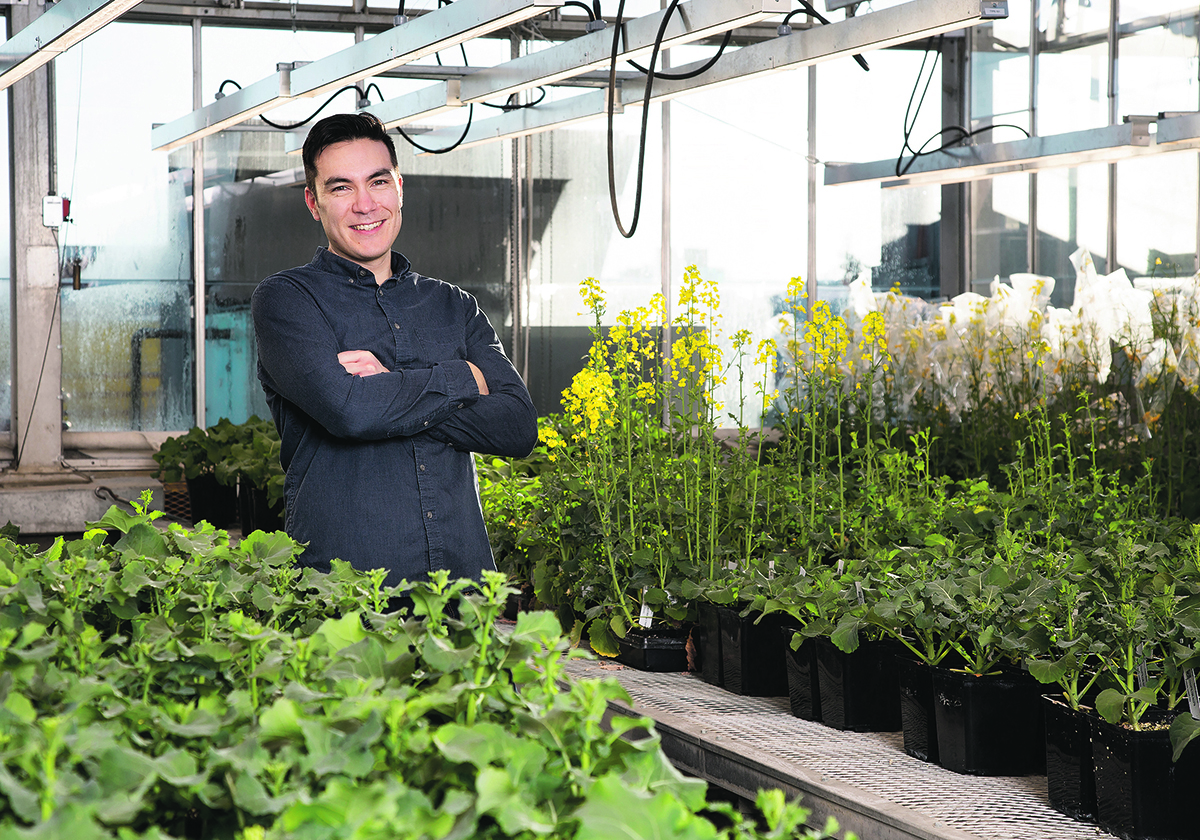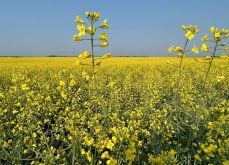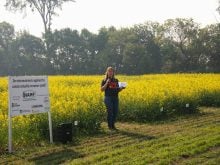Multiple pests hammered canola in 2024
Looking back at the 2024 growing season, it’s easy to point out the main reason for poor canola yields — blistering hot weather and insufficient rain in July and August.
Canola growers in Saskatchewan and Alberta posted an average yield of about 33 bushels per acre, using data from provincial crop reports.
Other stories in the Canola Yearbook 2024:
- A new era for crop genetics
- Shrinking production estimate supports canola bids
- Canola goals must be reassessed to match market reality
- Canola growing season in review
- Canola remains a Prairie economic powerhouse
- Bill C-234 ping pongs between Senate and House
- Canola News Briefs
- Sustainability incentive for canola growers
- What made canola so strong?
- Science news briefs
- Tiny allies may help withstand drought
- Canola and climate change in Western Canada
- Production news briefs
- The future of gene editing in canola
- Canola views – photo essay
Statistics Canada estimates are higher, closer to 37 bu. per acre, but still disappointing numbers for most canola growers.
Read Also

Short rapeseed crop may put China in a bind
Industry thinks China’s rapeseed crop is way smaller than the official government estimate. The country’s canola imports will also be down, so there will be a lot of unmet demand.
Mid-summer heat, a short bloom period and a lack of moisture during seed formation were likely the primary yield robbers in 2024.
However, a list of diseases, pests and agronomic issues also played a role.
Pests chomping on seedlings
Every spring, an outbreak of flea beetles will inevitably hit certain regions within the Prairies and devastate tens of thousands of canola acres.
This year was no different.
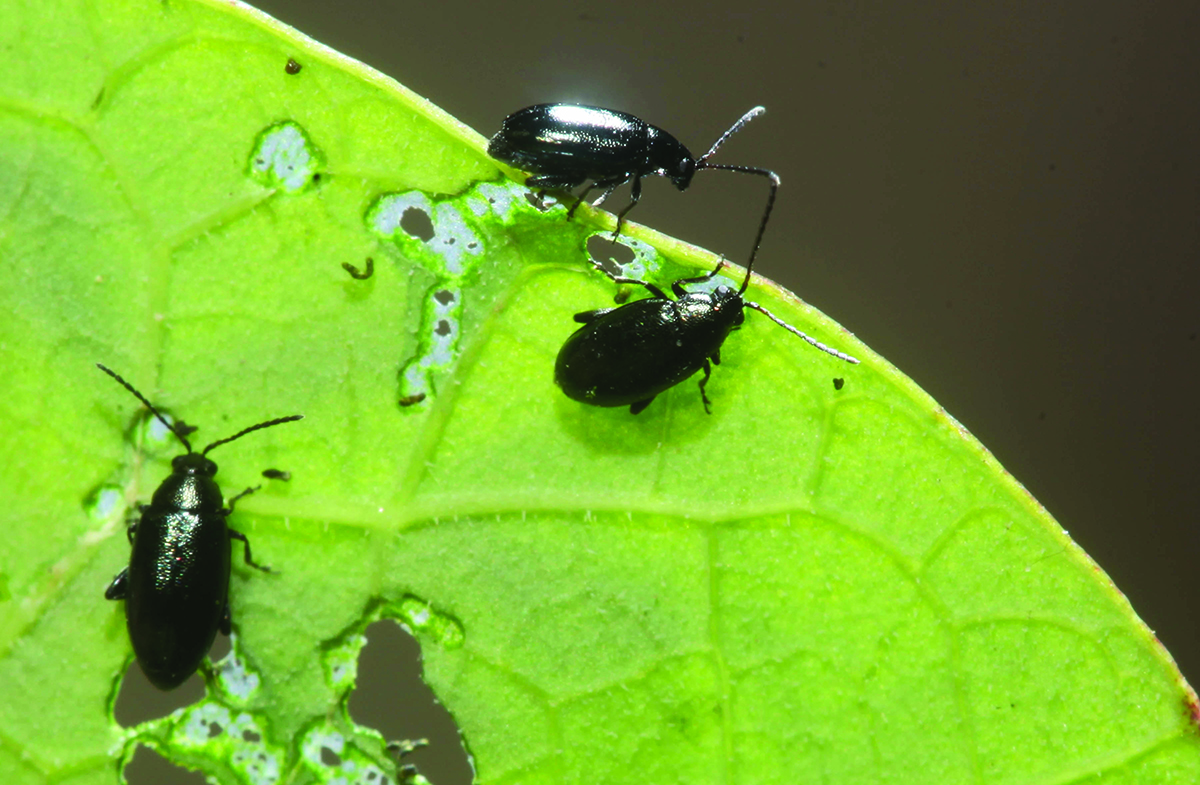
Flea beetles caused significant damage in parts of the Peace River, south central Manitoba and around Swan River, forcing some growers to re-seed the crop.
In Saskatchewan, another pest competed with flea beetles in a canola seedling-eating contest.
“Gophers, flea beetles and grasshoppers continue to cause crop damage throughout the province. It is reported that in some areas, gophers and flea beetles have caused severe damage and producers have had to re-seed,” said the Saskatchewan government crop report for June 20.
In early July, The Western Producer reported that canola plants developed slowly this spring, thanks to cool and wet conditions in May.
The delayed emergence of canola seedlings created a problem on many farms because a new crop of Richardson’s ground squirrels was also emerging from their burrows.
The baby gophers took advantage of the opportunity.
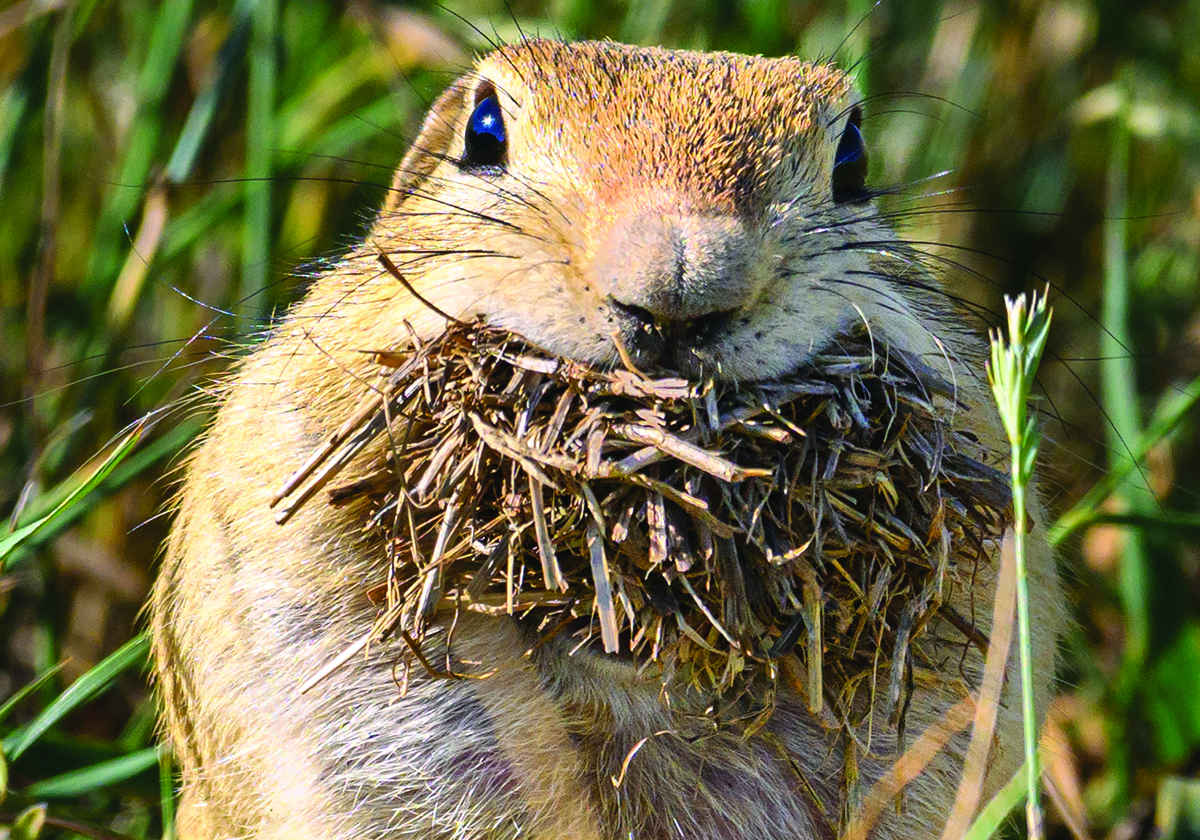
“The food that’s available to the gophers remains relatively limited, and they tend to push into the field and really munch on a lot of individual seedlings and can cause some proportionately higher damage than they might if the crops had been growing vigorously,” said James Tansey, Saskatchewan’s pest management specialist.
Despite problems with gophers, canola growers did get some good news this spring regarding flea beetles.
Researchers at the University of Alberta found that neonicotinoid seed treatments, the main weapon against flea beetles, are still effective against the pest.
Farmers have planted canola seeds coated with neonics since the 2000s and scientists wondered if flea beetles had developed resistance to the insecticides.
Boyd Mori, a U of Alberta entomologist, has been trying to answer that question for the last couple of years.
The study is still ongoing, but preliminary results show that neonics remain effective on one type of flea beetle.
“The crucifers — it still seems to work pretty well on crucifers,” Mori said.
“(But) we do see a reduced mortality in the striped flea beetles when feeding on canola seedlings treated with a neonicotinoid.”
White mould threat
Regina recorded 15 days of rainfall in June, and the consistent moisture was helpful for canola plants but also for sclerotinia.
By late June and early July, agronomists and farmers were worried that sclerotinia stem rot would flourish and cause significant damage to canola crops.
“Into flowering, everybody thought this was going to be a big year for sclerotinia,” said Ian Epp, a Canola Council of Canada agronomist in Saskatchewan.
“We had all the hallmarks of a (bad) year.”
Saskatchewan Agriculture, in its crop production news, also warned growers about the disease threat.
“Blackleg and sclerotinia stem rot symptoms are appearing in canola fields earlier than normal this year, likely due to the wet spring much of the province experienced.”
However, predictions of a nasty year for sclerotinia didn’t pan out. The weather made a sharp turn in July, shifting to hot and dry. The change put a damper on the development of stem rot.
“There was some sclerotinia around for early seeded canola … and in areas where the moisture and heat held out a little bit (more),” Epp said.
“Not near (the amount) we would have expected, mid-summer.”
On many farms, the crop canopy for canola contained a significant amount of sclerotinia spores, but canola flowers suffered during 33 C days in mid-July. The conditions weren’t right for sclerotinia spores to infect the petals on canola flowers.
“You can have a really high spore load, not get great infection and (then) not have as much sclerotinia as you might expect,” Epp said.
Blackleg break out
The wet spring on the Prairies provided nearly “perfect” conditions for blackleg to develop in canola crops. That’s why 2024 will likely become the worst year on record for the disease in Saskatchewan.
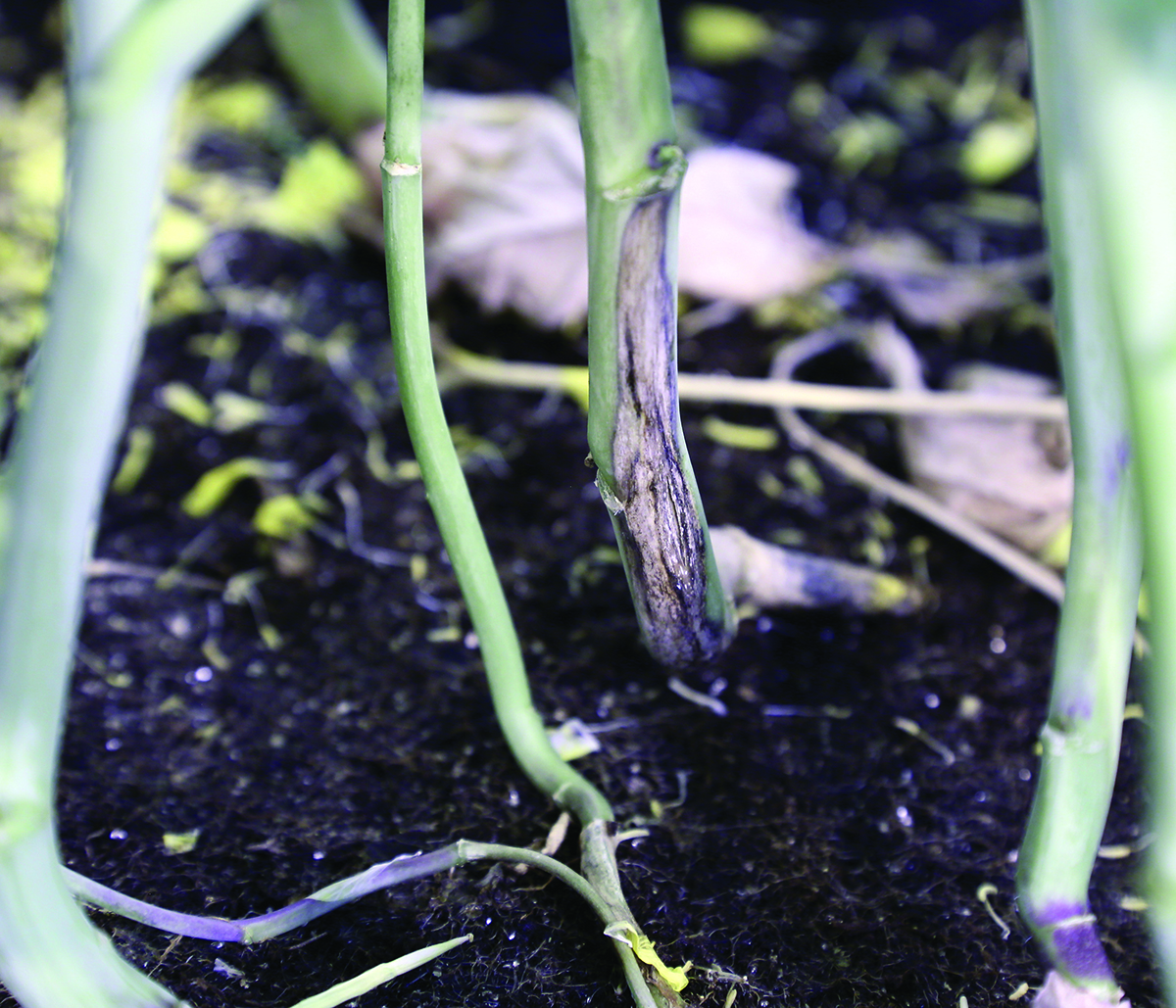
“Ninety-two percent of crops we surveyed in Saskatchewan in 2024 had at least trace levels of blackleg,” said Alireza Akhavan, provincial disease specialist with Saskatchewan Agriculture.
“The worst happened when we looked at incidence. Last year, incidence was 12 per cent across all surveyed fields. This year it jumped to 23 per cent.”
Akhavan and other plant disease experts looked at 208 canola fields across the province in 2024.
The most troubling finding from the disease survey was the incidence of blackleg, or percentage of plants with symptoms.
Saskatchewan Agriculture has survey data going back to 2011 for blackleg. The record high for incidence was 15 per cent, in 2020.
The last couple of years, in 2022 and 2023, it was 11 and 12 per cent, respectively.
So, 23 per cent incidence of blackleg is a massive increase from previous years.
“That’s an all-time high, unfortunately,” Akhavan said.
Verticillium everywhere
Another fungal disease, often confused with blackleg, likely contributed to below average canola yields in 2024.
A Saskatchewan Agriculture map shows how verticillium stripe has been rapidly spreading throughout the province.
Verticillium in canola produces a range of symptoms, including leaf chlorosis and shredding or striping of the stem tissue.
Plant disease surveys show it was present in 39 Saskatchewan rural municipalities in 2023. Most of those were in eastern regions, but the disease has been detected near the Alberta border.
A canola council rep said verticillium is now being detected “in almost all canola growing regions of the Prairies.”
Verticillium is certainly everywhere in Manitoba, and a provincial crop pest update from August reported a field where 80 per cent of plants had symptoms of the disease.
Other fields in Manitoba had low incidence of verticillium, but most canola experts believe it is weighing on yields.
However, how much remains an open question because the yield impact of verticillium stripe is still not fully understood.
However, University of Alberta researchers have found a connection between soil pH and the severity of verticillium.
The soil fungus prefers soils a pH that is slightly alkaline because lab studies determined that the sweet spot for verticillium is a pH of 7.4 to 8.6, the U of A said in a late October news release.
That could explain why the disease is more endemic in Manitoba because the province’s soils are more alkaline that other parts of Western Canada.
Weevils gone wild in SW Saskatchewan
In July, Saskatchewan Agriculture reported “relatively high numbers” of cabbage seedpod weevil in southwestern Saskatchewan.
The pest lays an egg or eggs inside a canola pod and the larvae develop inside pods, consuming canola “seeds as they grow,” says Saskatchewan Agriculture’s Crop Production News.
“The larvae will feed on five to six seeds and … (so) the pods (are) predisposed to shatter.”
Adult weevils also feed on canola. They often appear during the early flowering stage, feeding on pollen, nectar and buds.
It’s uncertain if weevils contributed to yield loss in southwestern Saskatchewan because hot and weather was the major culprit in 2024. The provincial agriculture ministry pegged the average canola yield for the region at 22 bu. per acre.
Lygus bugs and bertha armyworms were also problematic in specific regions of the Prairies.
Bertha armyworms reached economic levels in the Peace River region, west of Yorkton, Sask., and in south-central Manitoba, the canola council said.
Lygus bugs caused issues for growers around Lethbridge and in parts of the Peace River.
Lack of beneficial insects
It’s well known that honeybees and other pollinators can boost canola yields. However, bees and beekeepers struggled this summer because heat and drought disrupted the flowering period for canola.
“I guess disappointing would be the best way to describe it…. We didn’t get any canola honey,” said Jeremy Olton, a beekeeper from Tees, Alta., east of Red Deer.
“On a per hive average, it was probably the worst year I’ve ever had.”
Other beekeepers also reported below average honey production, suggesting that bees were unable to get the necessary nectar and food from canola.
If pollination was limited, then many canola fields never received a yield boost from bees.
Contact robert.arnason@producer.com


